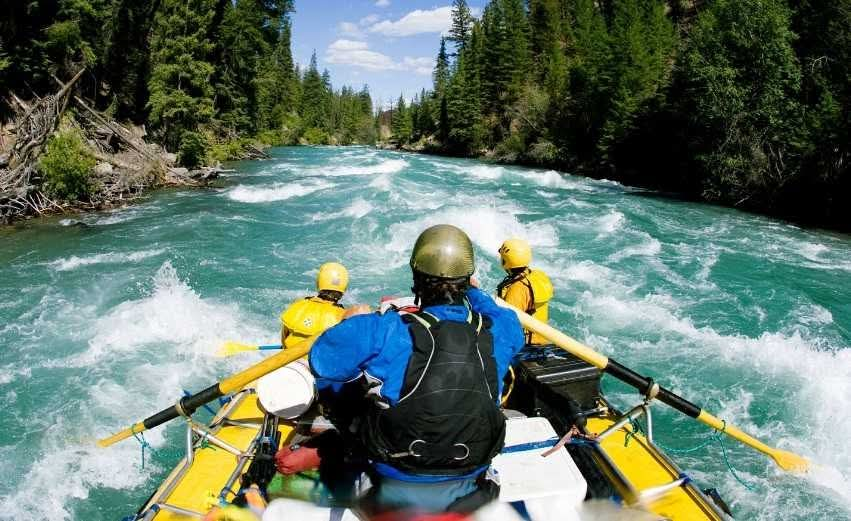Dhangadhi, January 22, 2025 – Sudurpashchim, one of Nepal's most pristine and culturally rich regions, holds immense potential for water tourism. With majestic rivers like the Karnali, Mahakali, and Seti Karnali flowing through its terrain, the area has all the elements to become a hotspot for adventurous tourism activities such as rafting and kayaking. However, due to a lack of proper infrastructure, policies, and promotion, this potential remains largely unrealized.
During the 1990s, Nepal was a favored destination for adventure tourists, with water tourism playing a significant role. Yet, in recent years, the focus has shifted predominantly to the eastern regions, leaving Sudurpashchim overlooked. Experts believe that revitalizing water tourism in this region could transform it into a key contributor to Nepal's tourism economy.
Challenges Hindering Development
Despite its natural allure, Sudurpashchim faces several obstacles to developing its water tourism sector. These include:
1. Policy Gaps: The absence of comprehensive policies for identifying water routes and creating business-friendly environments.
2. Lack of Initiatives: Limited collaboration between the government and the private sector to develop and promote water tourism.
3. Environmental Concerns: Hydropower projects in the region have disrupted the natural state of rivers, making it harder to conduct water tourism activities.
4. International Coordination Issues: Rivers like the Mahakali, which border India, require bilateral agreements to optimize their use for tourism.
Experts Propose Solutions
Tourism experts and environmentalists recommend a multi-pronged approach to address these challenges. First, conducting feasibility studies and creating clear policies for water tourism is essential. Infrastructure development, including the establishment of entry points, accommodations, and local homestay programs, would further bolster the sector.
Moreover, cultural and religious landmarks in the region, such as temples and festivals, could be integrated into tourism packages. Collaborative efforts with India to utilize border rivers like Mahakali could also pave the way for cross-border water tourism ventures.
A Path to Sustainable Growth
Developing water tourism in Sudurpashchim not only promises economic benefits but also aligns with the region’s potential as an eco-tourism destination. By maintaining the natural beauty of its rivers and surrounding areas, the region can attract both domestic and international tourists while preserving its cultural heritage.
The government, private sector, and local communities need to work together to unlock the region’s potential. Experts emphasize that the time to act is now—to put Sudurpashchim on the global map as a premier water tourism destination.
For more insights on environmental and developmental issues, stay tuned to Ecosphere News.